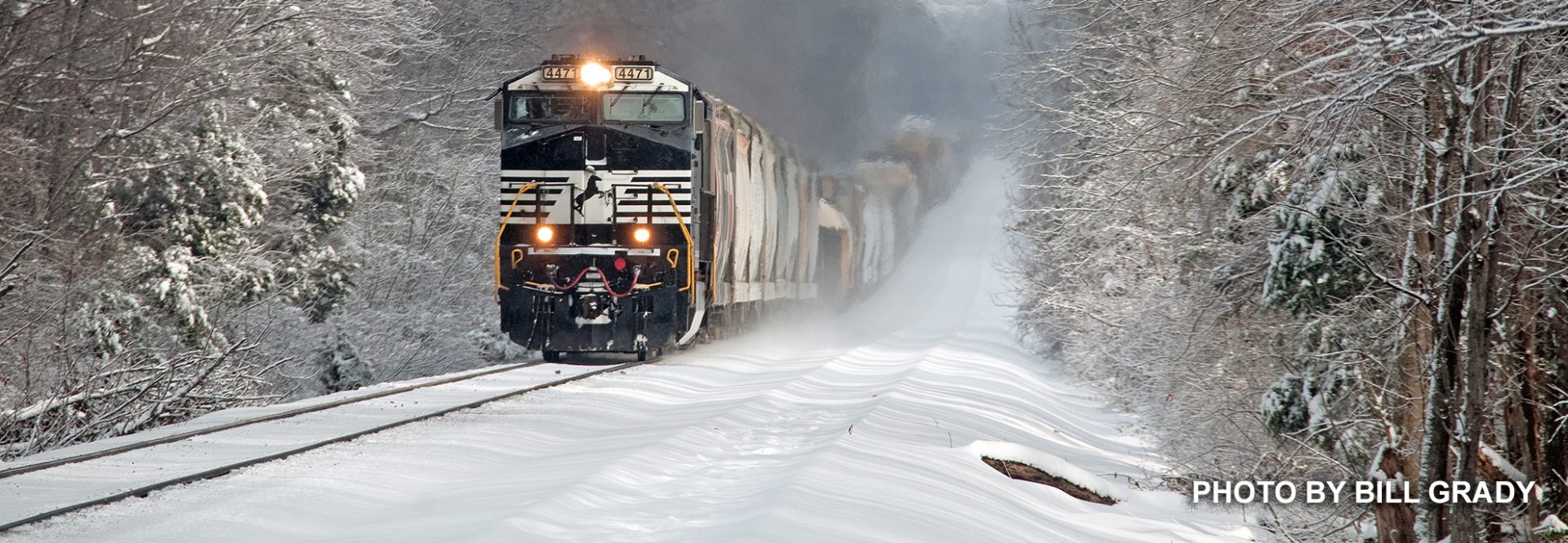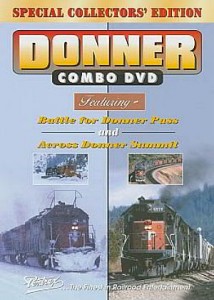The Kootenai River Sub of the BNSF Railway stretches from Sandpoint, ID, on the west to Whitefish, MT, on the east. This is the only railroad video that I am aware of that covers this trackage. The next sub to the west is covered in 7idea Production’s “The Funnel BNSF Railway’s Spokane Sub” and the next sub to the east is covered in their “Marias Pass BNSF Railway’s Hi Line Sub.”
In this video we travel timetable east from Sandpoint but we head north to Bonners Ferry, ID, before turning southeast to follow the Kootenai River for 60 miles. We leave the Kootenai River east of Libby, MT, at a place called Jennings, MT, and begin the 1% climb through the Salish Mountains up to the Flathead Tunnel. It is a downhill run from the east portal of the tunnel to Whitefish, MT.
The scenes in this video were shot in the winter, summer, and fall of 2013. The fall scenes are especially beautiful because of the western larch, with their needles turned a brilliant gold, interspersed with the evergreen fir trees. The western larch is a deciduous conifer, which means that even though it is a cone-bearing tree and has needles, it sheds its needles in the fall.
A map of the sub is shown early in the video but there are no more references to the map throughout the remaining two hours of the video, which is somewhat disconcerting. Unfortunately, this shortcoming is common among RR videos, and many of them make no use of maps at all.
On five different trains shown in the video we see CSX power in the lash-ups along with the BNSF locomotives. Those CSX locos were sure a long way from home trackage! We see doubles stacks, unit grain trains, unit coal trains, and unit crude oil trains as we work our way across the sub.
When the Libby dam was built to form the Koocanusa Reservoir, 59 miles of track had to be re-located, which required the boring of the Flathead Tunnel. The narrator points out that 20% of the cost of the Libby Dam project was the money spent to bore this seven mile long tunnel, the second longest RR tunnel in the U.S., the longest being the Cascade Tunnel in Washington. The Flathead Tunnel was completed in 1970.
This is a very entertaining video and has the high quality wide screen videography that 7idea Productions in known for. The scenery is very appealing and the railroad action is good. I recommend this video.



